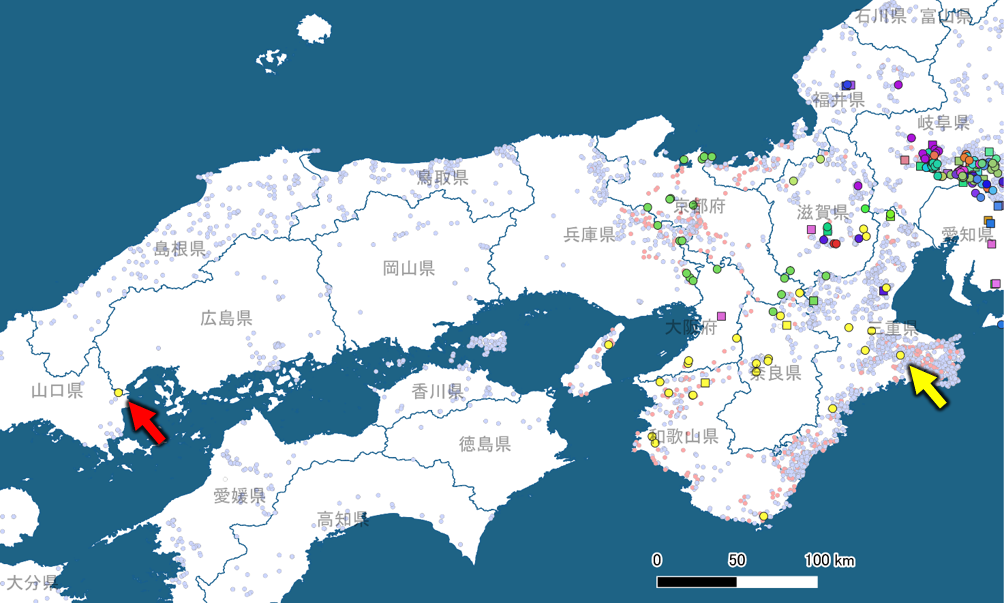2022-05-16 オーストラリア連邦研究会議(ARC)

モナシュ大学のWenxin Mao博士(共著者)は、次のように述べています。”前駆体溶液中の水の濃度を注意深く調整することで、特定のペロブスカイト相の精密な制御を実現しました。”
シドニー大学の同僚が行った計算機および熱力学的解析により、前駆体溶液中の鉛イオンと臭化物イオンの配位が、どのタイプの結晶が形成されるかを決定する重要な要因であることが確認されました。
<関連情報>
- https://excitonscience.com/news/way-water-making-advanced-electronics-h2o
- https://onlinelibrary.wiley.com/doi/full/10.1002/adfm.202109442
分子配位工学による単結晶無機ハライドペロブスカイトの位相制御 Phase-Control of Single-Crystalline Inorganic Halide Perovskites via Molecular Coordination Engineering
Qingdong Lin,Stefano Bernardi,Babar Shabbir,Qingdong Ou,Mingchao Wang,Wenping Yin,Shiqi Liu,Anthony S. R. Chesman,Sebastian O. Fürer,Guangyuan Si,Nikhil Medhekar,Jacek Jasieniak,Asaph Widmer-Cooper,Wenxin Mao,Udo Bach
Advanced Functional Materials Published:22 December 2021
DOI:https://doi.org/10.1002/adfm.202109442
Abstract
The excellent optoelectronic properties and structural stability of inorganic cesium lead halide perovskites make them promising candidates for multiple types of optoelectronic devices. However, it remains a challenge to fabricate monocrystalline phase-pure perovskite microstructures by facile low-temperature solution-based methods. Herein, a solution-based method is demonstrated for controlling the crystallization of cesium halide perovskite microstructures. The structure of perovskite crystals is successfully tuned from non-corner sharing Cs4PbBr6 (0D) to corner-sharing CsPbBr3 (3D) to layered CsPb2Br5 (2D) by controlling water (H2O) to dimethylsulfoxide (DMSO) ratios. Molecular dynamics simulations and thermodynamic analysis indicate that the relative stability of Pb2+ and Br− ions in solution is the key factor in determining which crystals form at different H2O/DMSO ratios, with Cs+ simply incorporated as needed. The phase-pure 0D crystals exhibit a high photoluminescence quantum yield of 41%, whilst the 2D crystals have an onset of absorption at 350 nm. Furthermore, the as-synthesized, highly uniform 3D perovskite single crystals are coupled with nanofabricated interdigitated electrodes to show excellent X-ray detection, with a high sensitivity of 8000 μC Gyair−1cm−2 obtained under a 0.5V external bias. This is comparable to many commercial X-ray detectors (Si, α-Se) and several times higher than other reported inorganic perovskite materials (CsPbBr3 quantum dots, Cs2AgBiBr6).



